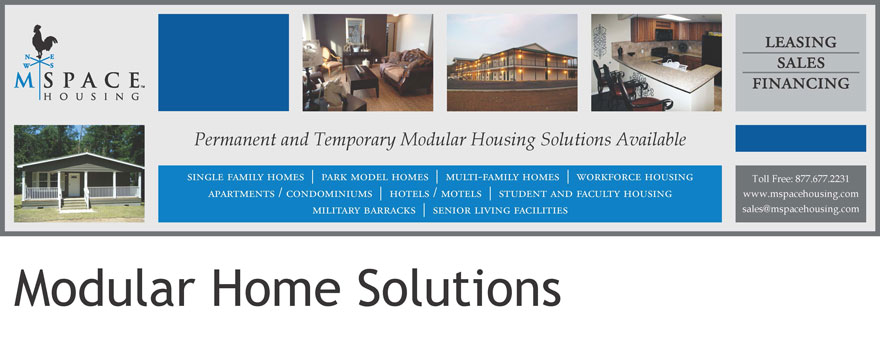Workers from all over the globe are migrating to the North Dakota Bakken region in search of work. Some want to start a new career and begin a new life, while for others this is just a temporary stop. Depending on your personal circumstances, leasing a home may be a better option than buying one. There are many advantages to leasing a home in the Bakken region.
The number one reason people have been moving to North Dakota is in search of work and to get their finances in order. Many are not in a position to afford the substantial down payment usually required when purchasing a home. In most cases, depending on your lease agreement, leasing a home only requires a security deposit and first and last month’s rent. Leasing a home will allow you to avoid additional costs of owning a home like property taxes, home owners insurance, and interest on a mortgage.
One benefit of leasing a home in the Bakken region is that you are not responsible for the maintenance and repairs to the home. These costs are covered by the landlord, unless you cause damage to your home that is not considered normal wear and tear.
The greatest benefit of leasing a home, for those considering a temporary transition to North Dakota, is the flexibility. Most lease agreements are for 12 months, which gives you the opportunity to move out when your lease is up. Some leases are more flexible and allow you to rent for at least six months at a time. With renting a home you are not influenced by the ups and downs of the market as you would be if you were trying to sell a home.
Modular Construction companies offer long term and short term leasing options to meet client’s specific needs. These homes can be found in North Dakota and the surrounding areas. They offer a variety of housing solutions to fit your needs, whether you are looking for a studio, or two bedrooms, full-sized kitchens, or fully furnished.
For more information on housing availability in North Dakota click here.




